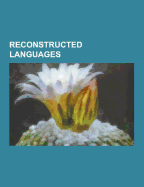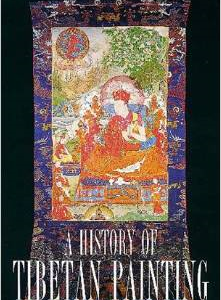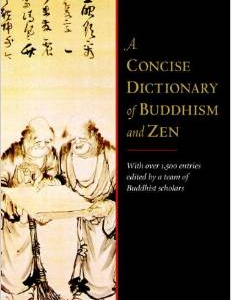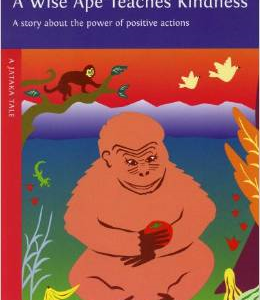Description
Please note that the content of this book primarily consists of articles available from Wikipedia or other free sources online. Pages: 73. Chapters: Proto-languages, Nostratic languages, Sino-Tibetan languages, Proto-Human language, Proto-Indo-European language, Proto-Germanic language, Proto-Balto-Slavic language, Proto-Slavic language, Proto-Semitic language, Proto-Austronesian language, Proto-Celtic language, Proto-Dene-Caucasian language, Proto-Romanian language, Proto-Greek language, Proto-Indo-Iranian language, Proto-Tai language, Kiowa-Tanoan languages, Proto-Norse language, Proto-Algonquian language, Proto-Uralic language, Proto-Mayan language, Proto-Tibeto-Burman language, Palawa kani, Proto-Hlai language, Proto-Samoyed language, Proto-Berber language, Proto-Basque language, Proto-Dravidian language, Proto-Afroasiatic language, Proto-Kartvelian language, Proto-Armenian language, Proto-Mon-Khmer language, Proto-Kra language, Proto-Oceanic language, The king and the god, Proto-Circassian language, Proto-Anatolian language, Proto-Pama-Nyungan language, Proto-Turkic language, Proto-Iranian language, Graeco-Aryan, Southwestern Brythonic languages, Proto-Hmong-Mien language, Proto-Chukotko-Kamchatkan language, Proto-Uto-Aztecan language, Proto-Polynesian language, Proto-Eskimo-Aleut language, Proto-Nahuan language, List of proto-languages, Proto-Malayo-Polynesian language, Proto-Eskimo language. Excerpt: Nostratic is a proposed language family (sometimes called a macrofamily or a superfamily) that includes many of the indigenous language families of Eurasia, including the Indo-European, Uralic and Altaic as well as Kartvelian languages. Usually also included are the Afroasiatic languages native to Northern Africa and the Arabian Peninsula, and the Dravidian languages of the Indian Subcontinent (sometimes extended to Elamo-Dravidian, connecting India and the Persian Plateau). The exact composition and structure of the family varies among proponents. The…






Reviews
There are no reviews yet.